Tips For Maintaining Your Clothes To Make Them Last Longer
Sep 03, 2024 By Hira
Advertisement
Your clothes are more than just fabric; they are a part of your personality. Yet, with the hustle and bustle of daily life, it's easy to forget that our favorite pieces need a little extra care to keep looking their best. Imagine extending the life of your wardrobe with just a few simple steps at home. Welcome to the world of smart clothing care—where a little effort can make your clothes last longer and keep them looking fresh, wear after wear.
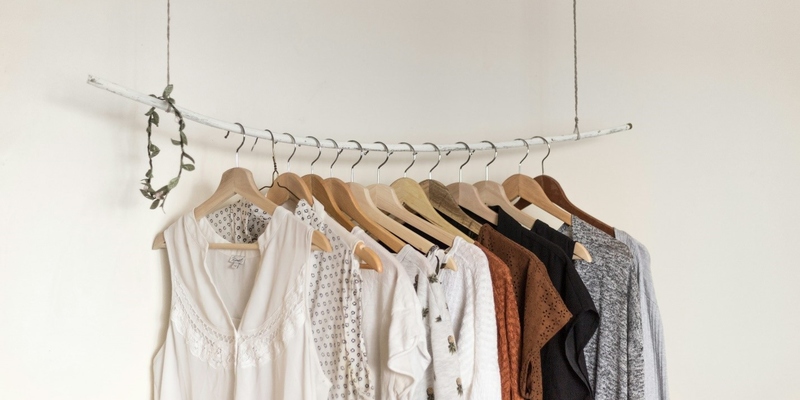
Environmental Impact of Fast Fashion
Fast fashion has transformed the way we buy clothes, making trendy items affordable and accessible. However, this comes with a significant environmental cost:
Resource Consumption
The fashion industry is one of the largest consumers of natural resources, using vast amounts of water, energy, and raw materials. Producing a single cotton t-shirt, for example, requires approximately 2,700 liters of water—enough for one person to drink for 2.5 years.
Waste Generation
With fast fashion, clothes are often worn only a few times before being discarded. The average person throws away about 70 pounds of clothing per year, contributing to massive waste in landfills. Most of these clothes are not biodegradable, leading to long-term environmental harm.
Pollution
The production of synthetic fabrics like polyester releases harmful microplastics into the environment. Washing these fabrics can cause microfibers to enter our waterways, impacting marine life and ecosystems.
Financial Savings through Prolonging the Life of Clothes
Beyond the environmental impact, there’s a personal financial aspect to consider:
Reduced Spending
By making your clothes last longer, you reduce the frequency of purchasing new items. This translates to significant savings over time. For instance, if you typically spend $500 a year on new clothes, extending the life of your wardrobe could save you hundreds of dollars annually.
Investment in Quality
High-quality clothing, while often more expensive up front, tends to last longer. If cared for properly, these pieces can remain in good condition for years, making them a better financial investment compared to cheaper, short-lived alternatives.
Benefits of Clothes Maintenance for a Long Life
Caring for your clothes not only supports sustainability and financial savings but also ensures you look and feel your best. Here’s how proper maintenance can benefit your wardrobe:
Maintaining Fabric Integrity
Regular care, such as proper washing, drying, and storage, helps to maintain the fabric's strength and texture. For example, washing clothes in cold water and air drying can prevent fibers from breaking down, keeping them soft and durable.
Preventing Wear and Tear
Simple practices like avoiding overloading the washing machine and using the right detergent can prevent unnecessary wear on your clothes. This ensures they stay in great shape for longer, reducing the likelihood of fading, shrinking, or stretching.
Retaining Color and Fit
Proper clothing care helps retain the original color and fit of your garments. This means your favorite clothes will continue to look as good as they did when you first bought them, making you feel confident every time you wear them.
Timeless Style
When you invest in and maintain quality pieces, you build a timeless wardrobe that transcends trends. This allows you to curate a collection of clothing that serves you well over the years, rather than chasing after every new fashion trend.
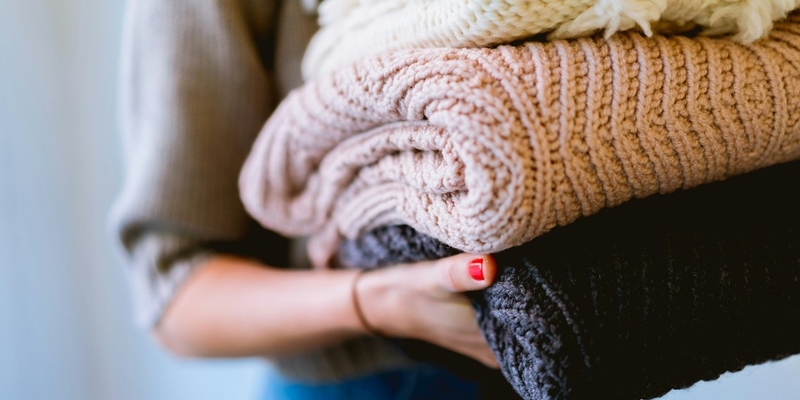
Essential Tips for Clothing Care at Home
Taking good care of your clothes doesn’t require expensive tools or complicated methods. With a few essential tips like those discussed below, you can easily maintain your wardrobe at home and ensure your garments last longer.
Washing Tips
Proper washing is the first step in caring for your clothes. It’s about more than just cleaning—it’s about preserving the fabric’s quality and appearance. Here are a few washing tips:
Preventing Color Bleeding
Always separate dark and light colors to avoid color transfer. Washing darks together and lights separately helps keep whites bright and prevents darker colors from fading.
Protecting Fabrics
Different fabrics require different washing methods. Sorting clothes by fabric type ensures each piece gets the care it needs.
Choosing the Right Detergent
Use a gentle, fabric-specific detergent that’s free from harsh chemicals. These detergents are kind to the fibers, preserving the softness and strength of your clothes.
Drying Techniques
Drying your clothes correctly is just as important as washing them. Some essential drying techniques include:
Air-Drying
Air-drying is the gentlest method for drying clothes. It helps prevent shrinkage and fabric damage that can occur with high heat from dryers. Plus, it’s an energy-saving option that’s kinder to the environment.
Avoiding Direct Sunlight
While it may seem logical to dry clothes in the sun, direct sunlight can cause colors to fade. For dark fabrics, it’s better to dry them in the shade or indoors.
Using Mesh Bags
When machine drying smaller or delicate items, place them in mesh laundry bags. This prevents them from getting tangled or damaged during the drying process.
Tumble Dry with Care
If you need to tumble dry, add a few clean tennis balls or dryer balls to the dryer. This helps prevent clothes from clumping together, reducing drying time and wear.
Storage Tips
Storing your clothes correctly is essential for maintaining their shape, color, and overall quality. Follow these easy storage tips to increase the life of your clothes.
Hanging Clothes
Items like dresses, blouses, and coats should be hung to maintain their shape. Use padded or wooden hangers to avoid stretching the shoulders. For pants and skirts, use hangers with clips to keep them wrinkle-free.
Folding Clothes
Knitwear, t-shirts, and heavy fabrics should be folded to prevent stretching. When folding, be sure to smooth out wrinkles and stack them neatly to save space and avoid creases.
Use Garment Bags for Special Pieces
Delicate items or pieces that you don’t wear often, like formal dresses or suits, should be stored in breathable garment bags. This protects them from dust, moths, and damage while allowing airflow to prevent moisture buildup.
Using Cedar or Lavender for Moth Protection
Natural moth repellents like cedar blocks or lavender sachets can protect your clothes without the need for chemical treatments. These items help keep pests away while adding a pleasant scent to your storage space.
Conclusion
With just a few mindful practices, you can protect your clothes and ensure they remain a lasting part of your wardrobe. Start taking these small steps today, and enjoy the benefits of a well-maintained, stylish collection for years to come.

Maxi Skirts: The Versatile Piece You Didn't Know You Needed
Aug 31, 2024
At some point, you have probably looked at a maxi skirt in a store and wondered when you will wear it.

How to Layer for Fall: Combining Textures and Patterns for a Polished Look
Aug 31, 2024
It's that time of year when the leaves start falling and so has the task of dressing in layers.

10 Hyperfeminine Aesthetics Ultra-Girly Styles Trending
Sep 03, 2024
In recent years, the fashion landscape has experienced a vibrant resurgence of hyperfemininity, characterized by an embrace of ultra-girly and glamorous styles.

How to Style the New Year's Eve Sequin Dress for Every Body Type
Aug 31, 2024
New Year's Eve is coming, and you know what that means? It's time to break out the sequins! There's just something special about a sparkly dress that makes the night feel magical.

How to Master the Art of Layering in Men's Fashion Without Looking Bulky
Aug 31, 2024
Have you ever wondered why some men could rock the multi-layering style and others look like the Michelin man? Layering in men's fashion is like balancing on a thin wire.

Tips For Transitioning Your Wardrobe From Summer To Fall
Sep 03, 2024
With a few strategic tips and some thoughtful styling, you can seamlessly blend your summer favorites with autumn essentials, creating a wardrobe that is as versatile as it is stylish.

How to Wear Vibrant Hues Without Overdoing It? Color Trends of 2024
Aug 31, 2024
Going out in bright colors is in vogue in 2024, but wearing these bright colors takes work.
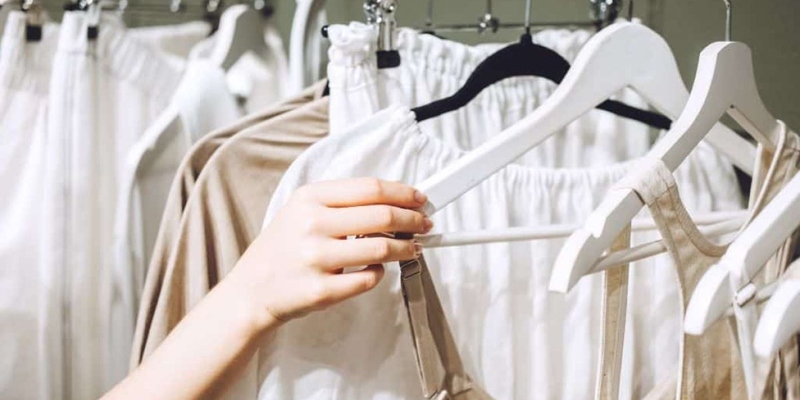
Staying Fashionable While Being Eco-Friendly
Sep 03, 2024
Staying fashionable isn't just about looking good anymore - it's also about making conscious choices that benefit the planet.

Best Ways To Style Classic Pieces For A Modern Look
Sep 03, 2024
Classic wardrobe pieces have stood the test of time for a reason – they are versatile, timeless, and effortlessly chic.
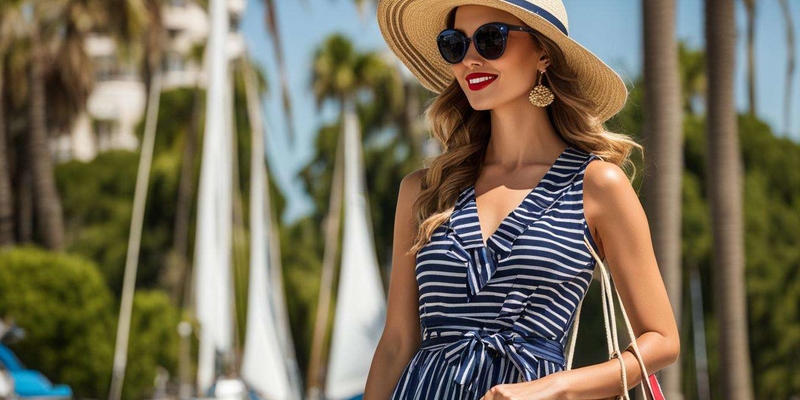
Will Nautical Fashion Make A Return In 2025?
Sep 03, 2024
Fashion, much like history, tends to repeat itself. Trends from previous decades often find their way back into the limelight, albeit with a contemporary twist.

How to Incorporate Vintage Denim into Modern Wardrobes
Aug 31, 2024
Vintage denim is making a big splash in the fashion world, and it's easy to see why. There's something special about slipping on a well-worn pair of jeans that have stood the test of time.
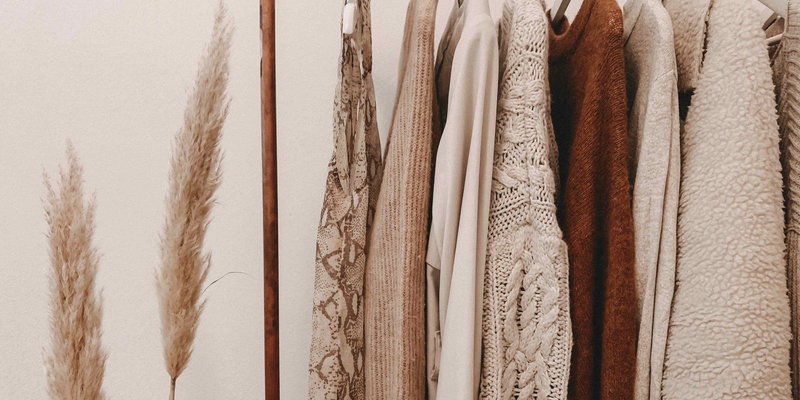
Tips For Maintaining Your Clothes To Make Them Last Longer
Sep 03, 2024
Welcome to the world of smart clothing care—where a little effort can make your clothes last longer and keep them looking fresh, wear after wear.

Elevate Your Wardrobe with These Under-the-Radar Designer Collaborations
Aug 31, 2024
Designer fashion has a way of turning heads. But while everyone's eyeing those flashy mainstream collaborations, true style mavens know the real thrill lies in uncovering hidden gems.

Is Quiet Luxury The New Understated Elegance?
Sep 03, 2024
In a world where fashion often screams for attention, a new trend is whispering its way to the forefront—quiet luxury.